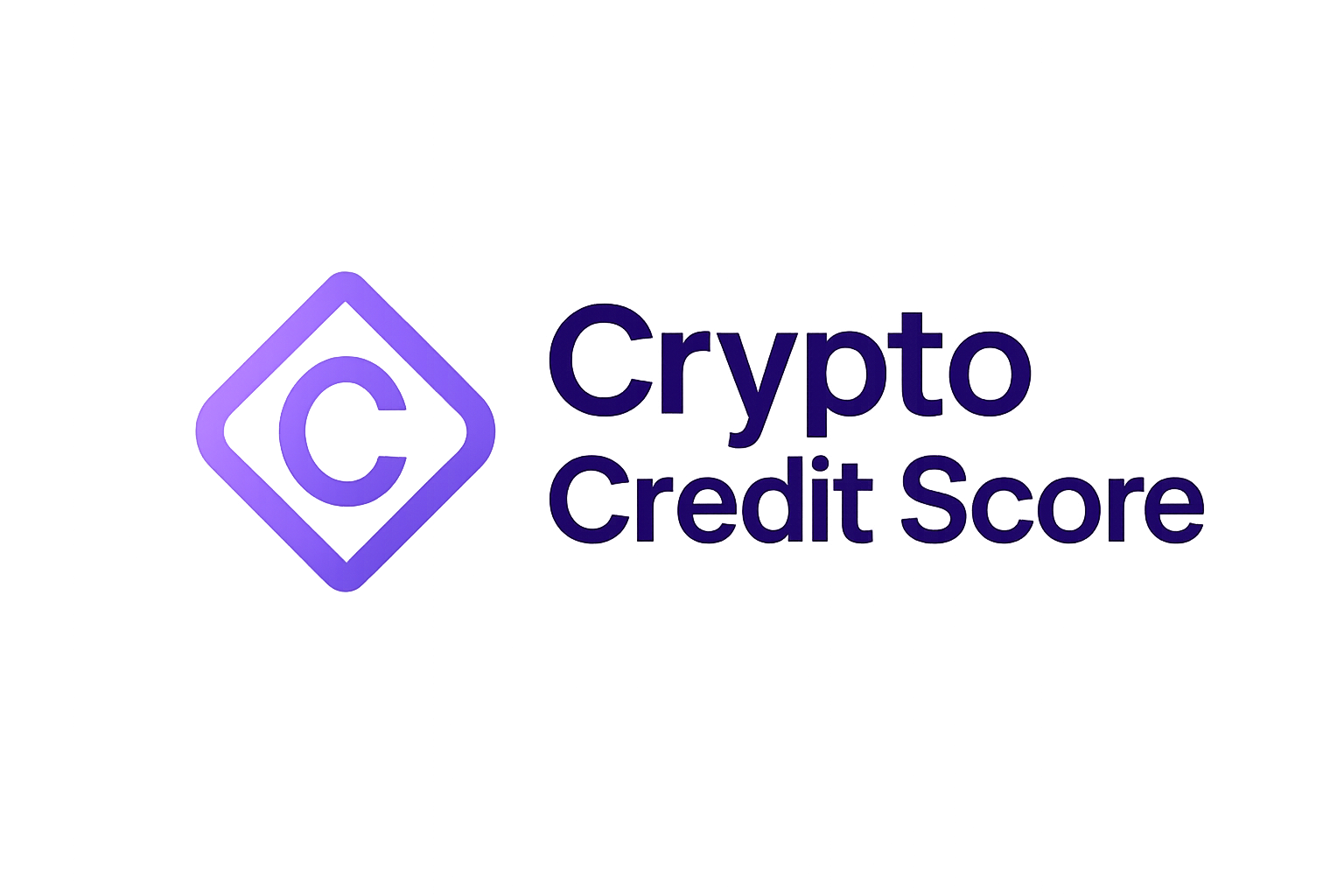
Decentralized finance (DeFi) has long promised open, borderless access to financial services, yet its lending markets remain largely restricted by the need for over-collateralization. Borrowers are routinely required to lock up assets worth more than the value of their loans, a practice that safeguards lenders but severely limits capital efficiency and excludes users without substantial holdings. The emergence of on-chain reputation scores is poised to disrupt this paradigm, enabling trustless, under-collateralized loans that could unlock trillions in liquidity for the DeFi ecosystem.

Why Over-Collateralization Holds DeFi Back
The current model of DeFi lending is built around risk aversion. Protocols like Aave and Compound require borrowers to post collateral often exceeding 120% of their loan amount. This system minimizes default risk but at a significant cost: it traps capital in smart contracts and restricts credit access to only those who already possess considerable wealth. In effect, DeFi’s most popular lending products mirror the exclusivity of traditional finance rather than democratizing it.
For years, this over-collateralized approach was seen as a necessary evil, a trade-off for operating in a trustless environment where lenders have no recourse against anonymous counterparties. However, as on-chain reputation protocols mature, this calculus is changing rapidly.
The Mechanics of On-Chain Reputation Scores
An on-chain reputation score is an algorithmic assessment of a wallet’s financial behavior on public blockchains. Rather than relying on opaque credit bureaus or subjective off-chain data, these scores are derived from transparent metrics such as:
- Transaction history: Regularity and volume of transfers can indicate active participation and reliability.
- Lending and repayment track record: Consistent repayment across multiple protocols demonstrates trustworthiness.
- Portfolio composition: Asset diversity and liquidity help gauge financial resilience.
- Protocol interactions: Engagement with reputable platforms adds positive weight to a user’s profile.
This data is analyzed using advanced algorithms, such as those deployed by RociFi or Credora, to generate a dynamic score that reflects the likelihood of responsible borrowing behavior. Some protocols issue non-transferable tokens like Non-Fungible Credit Scores (NFCS) or Soulbound Tokens (SBTs), which are permanently tied to a wallet’s identity and serve as immutable attestations of creditworthiness.
Unlocking Trustless Under-Collateralized Loans
The true innovation lies in using these scores to enable under-collateralized DeFi loans. Instead of demanding excessive collateral from every borrower, protocols can now tailor requirements based on individual risk profiles. Users with high on-chain reputation scores may be eligible for loans with collateral ratios as low as 60%, or even lower when combined with additional safeguards like insurance funds or liquidation backstops.
This shift mirrors the logic behind traditional unsecured lending, where credit history and income determine access, but without relying on centralized gatekeepers or exposing sensitive personal data. By leveraging blockchain’s transparency and immutability, decentralized lending platforms can automate risk assessment while preserving privacy through cryptographic techniques such as zero-knowledge proofs.
The impact is profound: capital efficiency rises sharply, more users gain access to liquidity, and the market becomes less reliant on whales parking idle assets as collateral. According to recent studies from Mitosis University and Block3 Finance, integrating robust crypto credit assessment tools could reduce collateral requirements by up to 40% for top-rated borrowers, a game-changer for both individuals and institutions seeking yield in DeFi markets.
The Expanding Role of Hybrid Data Models
A growing trend among forward-thinking protocols is the integration of both on-chain and off-chain data into comprehensive blockchain credit scoring systems. Projects like Pistis are pioneering models that combine verifiable blockchain activity with traditional financial information, such as FICO scores or employment records, allowing for even finer-grained risk assessments without sacrificing decentralization or user privacy. This hybrid approach not only increases accuracy but also paves the way for seamless interoperability between Web3-native finance and legacy banking infrastructure.
As these hybrid models mature, they promise to further blur the lines between decentralized and traditional lending, enabling DeFi protocols to serve a broader spectrum of borrowers. For example, a user with a strong on-chain repayment history but limited conventional credit data could still access favorable loan terms, while institutional players might benefit from enhanced due diligence powered by both blockchain and legacy sources.
Crucially, the adoption of decentralized lending trust mechanisms does not mean sacrificing privacy. Innovations in zero-knowledge proofs and privacy-preserving attestations allow users to prove their creditworthiness without exposing sensitive details. This is particularly important as regulatory scrutiny increases and users demand greater control over their financial identities.
Risks, Challenges, and the Road Ahead
No disruptive technology comes without challenges. The accuracy of DeFi reputation protocols depends on the quality, granularity, and interpretability of on-chain data, a moving target as new financial primitives emerge. There is also the risk of gaming or manipulating scores if protocols do not remain vigilant against sybil attacks or wash trading.
Standardization remains another hurdle. With multiple protocols developing their own scoring methodologies, interoperability is far from guaranteed. Industry-wide frameworks or open-source standards may be necessary for seamless movement of credit reputations across platforms, a prerequisite if under-collateralized loans are to become truly composable building blocks within DeFi.
Despite these obstacles, momentum is building fast. As more capital flows into DeFi and real-world assets (RWAs) become tokenized on public blockchains, demand for nuanced crypto credit assessment will only intensify. The incentive alignment is clear: lenders want better risk-adjusted returns; borrowers want fairer access; protocols want growth without systemic fragility.
What’s Next for Blockchain Credit Scoring?
The future trajectory points toward convergence, where on-chain reputation scores, privacy-preserving identity solutions, and hybrid data models coalesce to create a borderless credit market that rivals anything in traditional finance. Expect to see further experimentation with dynamic collateral ratios, risk tranching based on score volatility, and even peer-to-peer lending pools governed by decentralized autonomous organizations (DAOs) that price risk algorithmically rather than through arbitrary thresholds.
The ultimate vision is one where trust is replaced by transparency, where anyone with a provable track record can unlock liquidity regardless of geography or background. For developers and protocol designers, this means rethinking user onboarding flows and integrating robust reputation modules at every touchpoint in the lending lifecycle.
The next wave of innovation will likely come from cross-protocol partnerships and open-source standards that make blockchain credit scoring portable across ecosystems. As this infrastructure matures, expect capital efficiency in DeFi to approach parity with legacy systems, only now truly global and permissionless.




